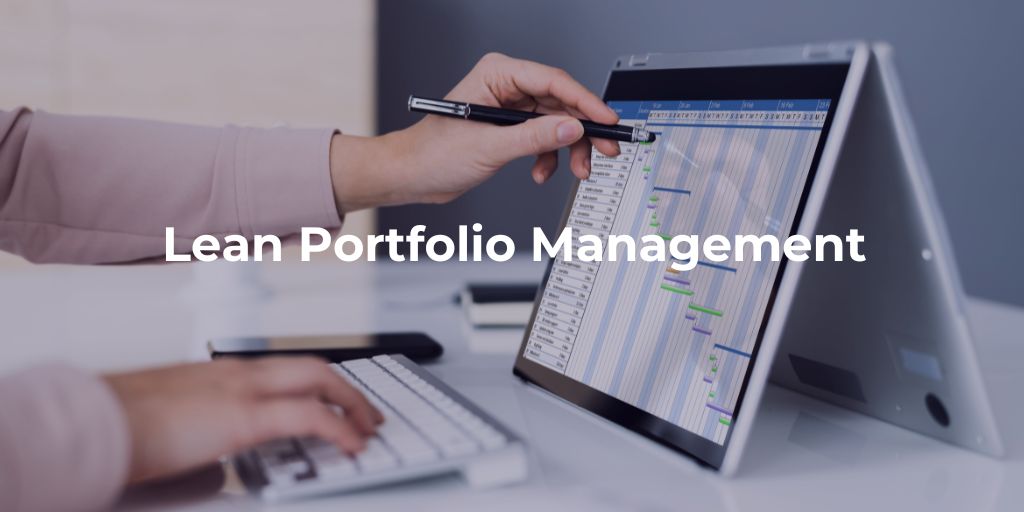Categories
Tags
Newsletter
Subscribe to the QRP International neswletter and get all the news on trends, useful contents and invitations to our upcoming events
Subscribe
Scaled Agile Framework (SAFe) provides a comprehensive approach to implementing Agile principles and practices at scale. SAFe is based on seven core competencies: in this article, we will explore Lean Portfolio Management.
Lean Portfolio Management (LPM) is one of the seven core competencies needed to achieve Business Agility. Each of the seven competences is supported by a self-assessment mechanism to evaluate the proficiency of the business.
Traditional approaches to Portfolio Management are not suited to the needs of the digital age, where speed and innovation are key. Adapting Portfolio Management is key to introducing Lean-Agile methodologies and being successful in today’s business landscape.
The Lean Portfolio Manager assumes significant responsibility, overseeing decision-making and financial decisions, with roles distributed across organisational hierarchies. Managers and business owners lead Lean Portfolio Management activities, ensuring alignment between strategy and execution.
Within Lean Portfolio Management, three key dimensions can be identified:
These three dimensions are critical to an effective LPM implementation, as they facilitate alignment, execution support and governance oversight.
The investment strategy and financing in Portfolio Management ensure that the Portfolio is aligned with corporate objectives, facilitating a coherent allocation of resources. This collaboration involves executives, business owners and enterprise architects, linking the portfolio strategy to the overall vision.
Constant communication of the portfolio vision and strategy is essential to foster alignment and promote agility.
The Portfolio strategy must support the corporate objectives: linking the two is the main responsibility of the collaboration between strategy and investment financing.
The best way to predict the future state of a Portfolio is to create it through a Portfolio roadmap, that provides a flexible but focused vision for future initiatives, integrating lower-level initiatives and influencing solution development. Once the roadmaps are established and implemented, it is time to establish the budget and the lean roadmap.
Agile Portfolio management activities facilitate decentralised execution of Agile Release Trains (ARTs) and promote operational efficiency. SAFe principles and the Lean-Agile mindset enhance ARTs and Solution Trains by decentralising strategy execution.
Collaboration in Agile Portfolio management activities requires the active involvement of key figures, such as the Value Management Office (VMO), the Lean-Agile Centre of Excellence (LACE), the Release Train Engineer (RTE) and the Scrum Master/Team Coach CoP.
Lean governance provides oversight of cost, audit, security, compliance, measurement and reporting. The collaboration and responsibilities of Lean governance require the active involvement of the VMO, LACE, Business Owner and Enterprise Architect.
The tasks of each role are:
The effective activity of the LPM function is based on three significant events: Strategic Portfolio Review, Portfolio Synchronisation, Participatory Budgeting.
Developing and implementing effective strategies in an increasingly uncertain environment certainly is a complex task. The key is to execute the appropriate work at the appropriate time through a well-defined strategy and investment financing.
Early and continuous feedback, together with a Lean approach to financing, enables the portfolio to adapt and achieve business objectives. Agile portfolio operations facilitate coordination and maintain strategic and executive alignment, promoting operational excellence. Lean governance complements the process through dynamic forecasting, performance measurement and ongoing compliance coordination, contributing to better business results.
If you want to learn more about SAFe, read our blog “The seven core competencies of SAFe”.